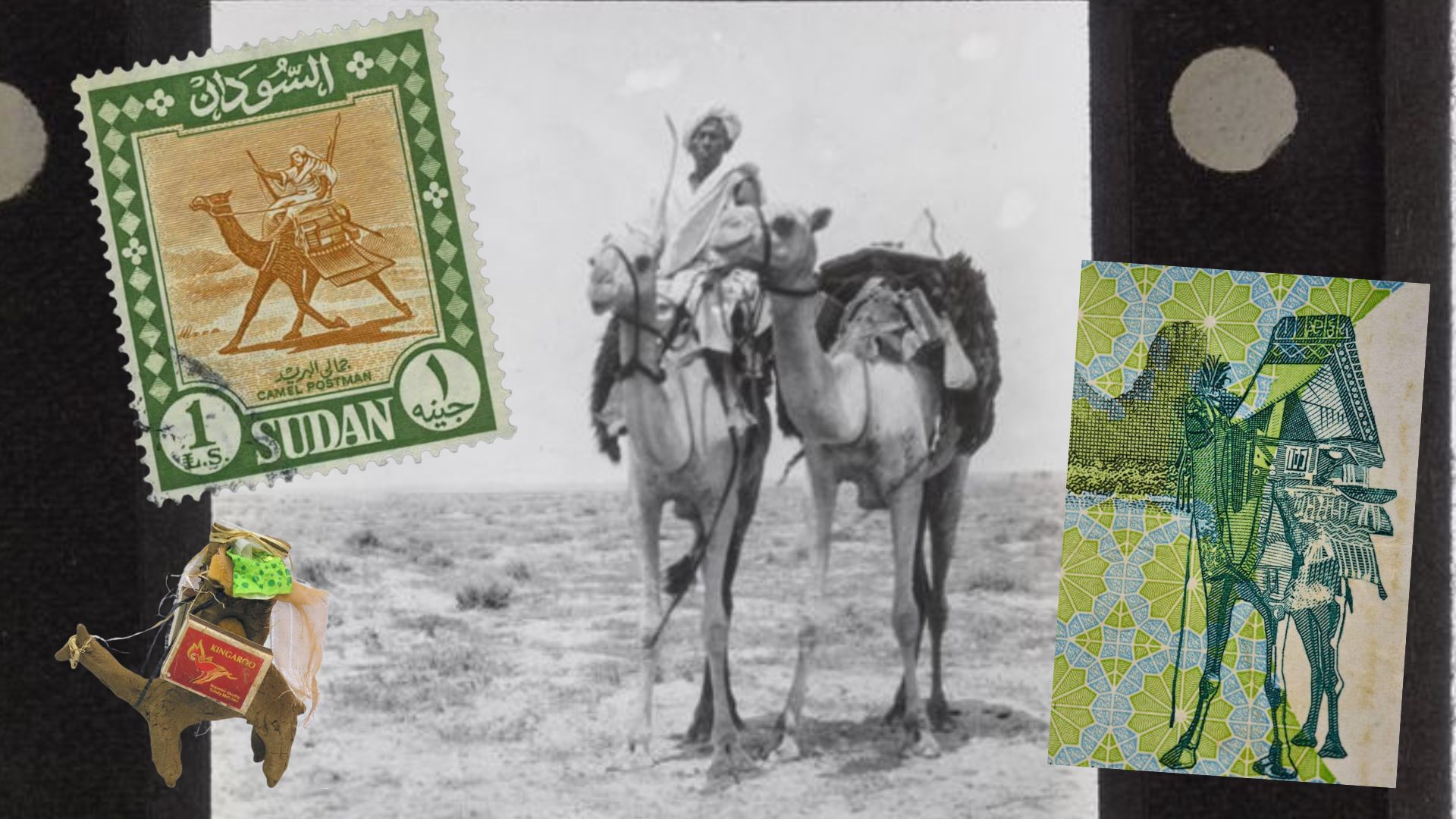Habitat of Kordofan
This exhibition was for first shown as part of the Western Sudan Community Museums soft opening event that took place in Sheikan museum, Obaid, North Kordofan in 2020. The exhibition was put together by the museum staff in collaboration with the community, it told stories on life in Kordofan and it's culture, all pictures in this galley is the property of Sheikan museum.
.jpeg)
.jpeg)
.jpeg)






.jpeg)
/ answered
The population of Kordofan is a mixture of diverse ethnicities and tribes. The history of the demographic geography of Kordofan begins with the entry of various residents into the region who came from the west via Libya and Darfur and from the east via the Nile. They settled in this land and mixed with the native inhabitants of the Abbala, Bara, Nuba and other tribes. The city of El Obeid also witnessed another demographic change in the nineteenth century during the Turkish era, with the influx of foreign communities such as Greeks, Levantines, Copts, Indians, and Armenians.
From an economic standpoint, the people of Kordofan can be divided into two parts:
The settlers residing in cities, villages, and neighborhoods (Hilla). They are part of the urban labor, and work in agriculture, gardening, and animal husbandry.
The nomads/pastorals are animal herders such as camels, and they are the ones who specialize in raising and caring for camels. The men travel on bare camels and the women ride in howdahs. There are also the Baggara tribes, which are the tribes who specialize in raising and caring for cows. Men ride bulls, horses, and donkeys, and women also ride howdah-ed bulls. Nomads use several means to transport their food supplies, household equipment, and even the people used to build temporary homes.
The city of El Obeid has changed and developed over the years. The neighborhoods of the old city were fenced pieces of land, inside each corral there was a group of Quttia “huts”, karnaks “kitchens”, Rakuba “open verandas”, and other parts of the house. The city was divided into five areas around the creek that ran in the middle of the city. The current formation of the city occurred during the various periods of rule and colonialism.
The population of Kordofan is a mixture of diverse ethnicities and tribes. The history of the demographic geography of Kordofan begins with the entry of various residents into the region who came from the west via Libya and Darfur and from the east via the Nile. They settled in this land and mixed with the native inhabitants of the Abbala, Bara, Nuba and other tribes. The city of El Obeid also witnessed another demographic change in the nineteenth century during the Turkish era, with the influx of foreign communities such as Greeks, Levantines, Copts, Indians, and Armenians.
From an economic standpoint, the people of Kordofan can be divided into two parts:
The settlers residing in cities, villages, and neighborhoods (Hilla). They are part of the urban labor, and work in agriculture, gardening, and animal husbandry.
The nomads/pastorals are animal herders such as camels, and they are the ones who specialize in raising and caring for camels. The men travel on bare camels and the women ride in howdahs. There are also the Baggara tribes, which are the tribes who specialize in raising and caring for cows. Men ride bulls, horses, and donkeys, and women also ride howdah-ed bulls. Nomads use several means to transport their food supplies, household equipment, and even the people used to build temporary homes.
The city of El Obeid has changed and developed over the years. The neighborhoods of the old city were fenced pieces of land, inside each corral there was a group of Quttia “huts”, karnaks “kitchens”, Rakuba “open verandas”, and other parts of the house. The city was divided into five areas around the creek that ran in the middle of the city. The current formation of the city occurred during the various periods of rule and colonialism.

.svg)




.jpeg)







